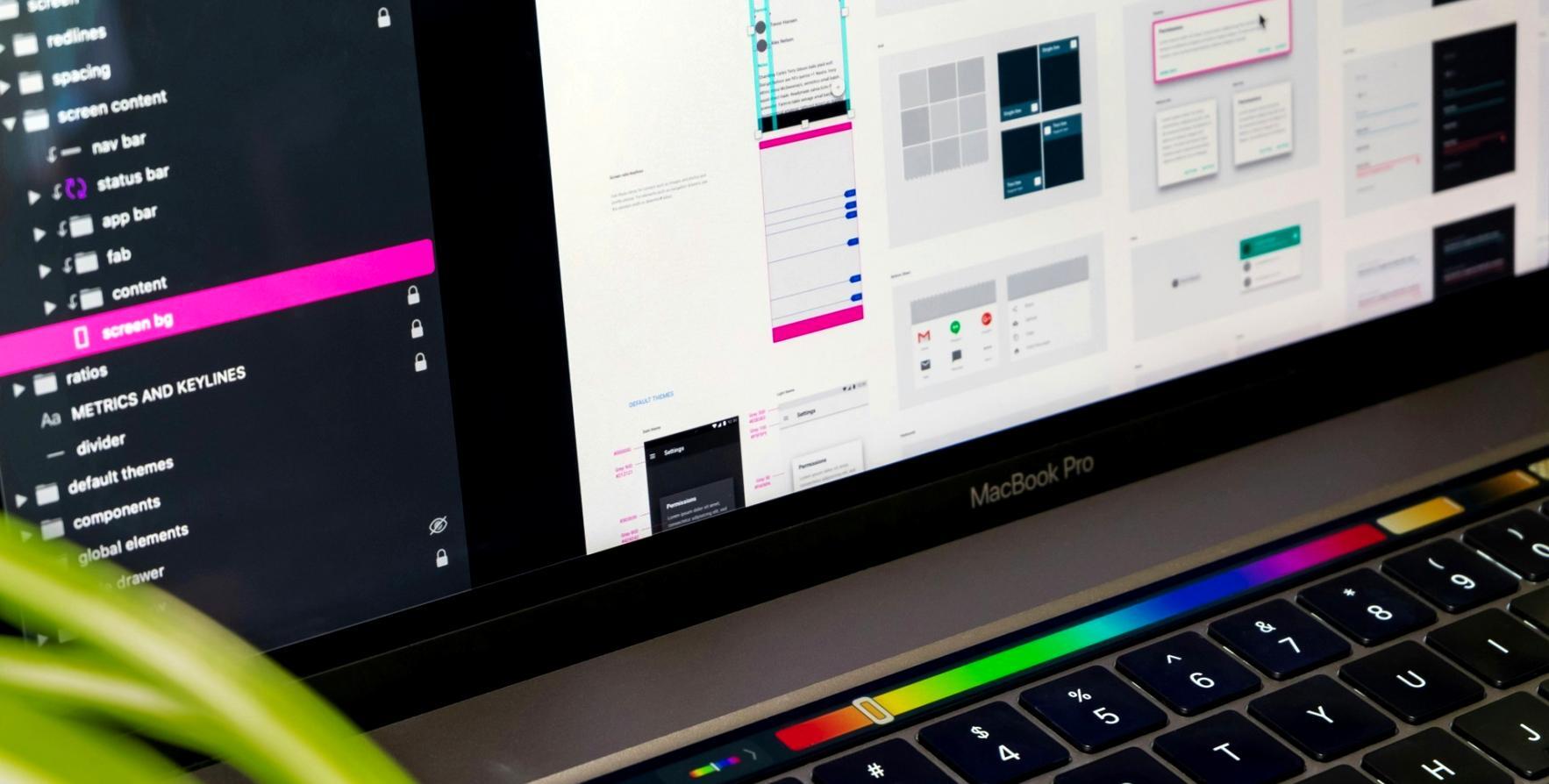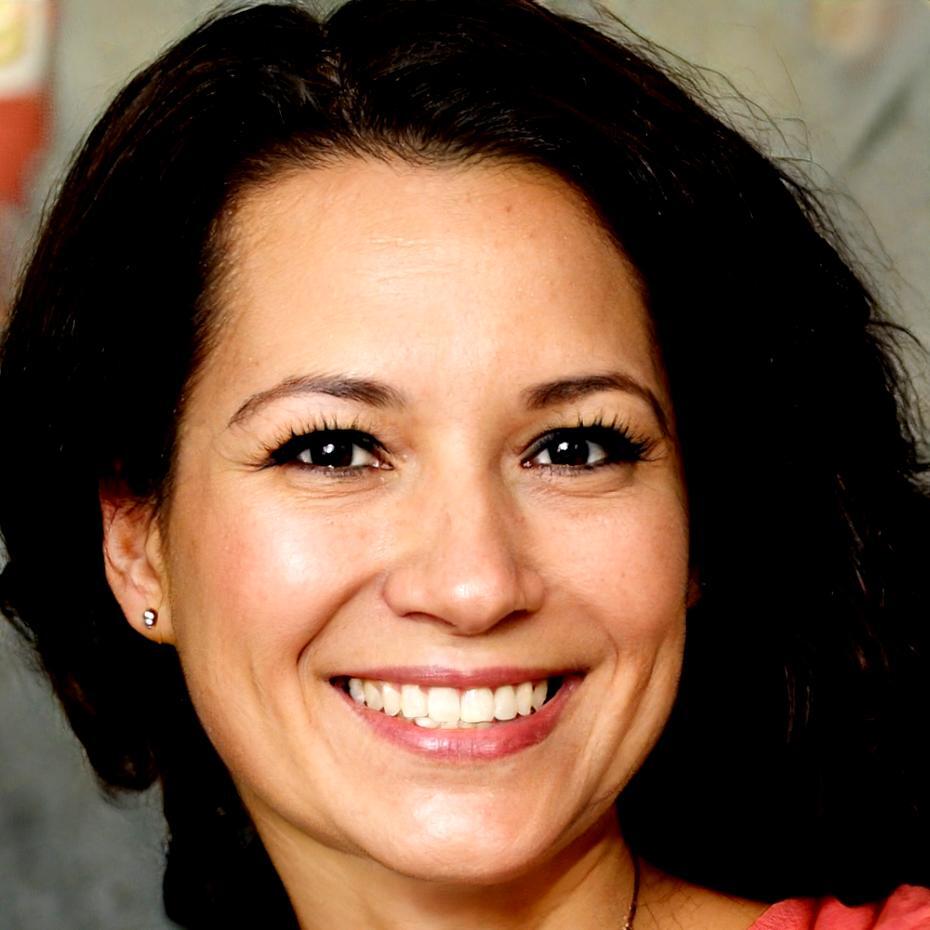Build Game Worlds That Move Like Reality
Learn to create 3D games where physics matters. Our program teaches you how gravity, momentum, and collision work together to make game worlds feel authentic.
View Program DetailsWe Teach Physics First, Graphics Second
Most game courses rush into making things look pretty. But here's the thing – if your character walks through walls or floats randomly, no amount of fancy textures will save it.
Our curriculum starts with the mechanics. You'll spend your first three months understanding force, velocity, and collision detection. Not because it's trendy, but because these concepts form the foundation of every believable game world.
By month four, when you're adding visual elements, you already know why objects behave the way they do. Your rigidbody components aren't mysterious anymore. They're tools you understand deeply.
We work with Unreal Engine 5 and Unity simultaneously. This dual approach helps you see how different engines handle the same physics problems.

What You'll Actually Do During the Program

Build Five Complete Prototypes
Each project focuses on a different physics challenge. Your first prototype might be a simple marble maze – teaching collision and rolling physics. The fifth one could be a space simulation with orbital mechanics.
Between projects, you'll document what broke and why. This debugging journal becomes your reference when facing similar issues later.
Program starts September 2025 and runs for eleven months. Classes meet twice weekly, with additional lab access for independent work.
Core Topics
- Vector mathematics for game movement
- Rigidbody dynamics and constraints
- Collision detection algorithms
- Character controller physics
- Cloth and soft body simulation
- Performance optimization techniques
Working With Real Constraints
Game physics isn't about perfect simulation. It's about creating the illusion of reality while keeping frame rates playable.
You'll learn when to fake physics and when to calculate it properly. Some of your early prototypes will run at five frames per second because you tried simulating every particle. That's fine. You'll figure out the shortcuts.
We use profiling tools constantly. Every student learns to identify performance bottlenecks before they become critical problems.

Questions Students Ask at Different Stages
What people worry about changes as they move through the program
Before Enrollment
Most incoming students wonder if they need prior coding experience or if their computer can handle the software.
- Do I need calculus background?
- What hardware specs are required?
- Can I work full-time during this?
- How much math is involved?
During Program
Mid-program questions shift to debugging specific physics behaviors and optimization challenges.
- Why is my character jittering?
- How do I handle edge cases?
- What's causing frame drops?
- When should I use custom physics?
After Completion
Graduates typically ask about portfolio presentation and continuing education in specialized physics areas.
- How do I showcase physics work?
- Which specialization should I pursue?
- What conferences matter most?
- How do I stay current with engine updates?

Tsolmon Batsaikhan
Lead Physics Instructor
Worked on vehicle simulation systems for racing games before teaching
Narantsetseg Dorj
Technical Mentor
Specializes in collision detection optimization and debug workflowsReal Feedback Shapes Our Curriculum
Last year, three students pointed out our cloth simulation module felt rushed. They were right. We expanded it from two weeks to four, adding more hands-on troubleshooting time.
Another group asked for more examples of broken physics systems and how to diagnose them. Now we dedicate entire sessions to examining failed implementations and identifying what went wrong.
The curriculum evolves based on what students struggle with most. If multiple people hit the same wall, we build better scaffolding around that topic.
